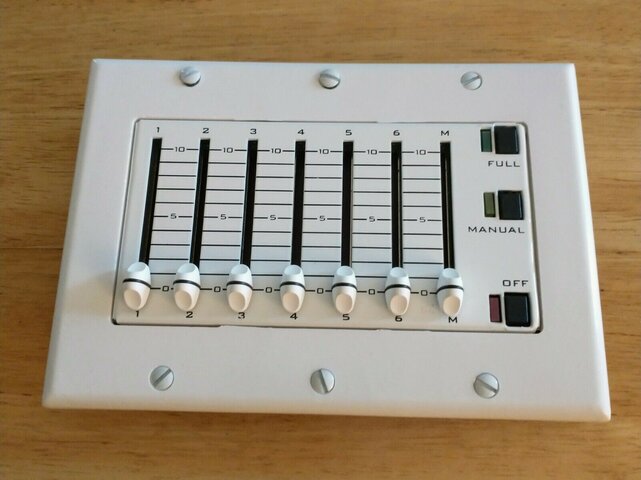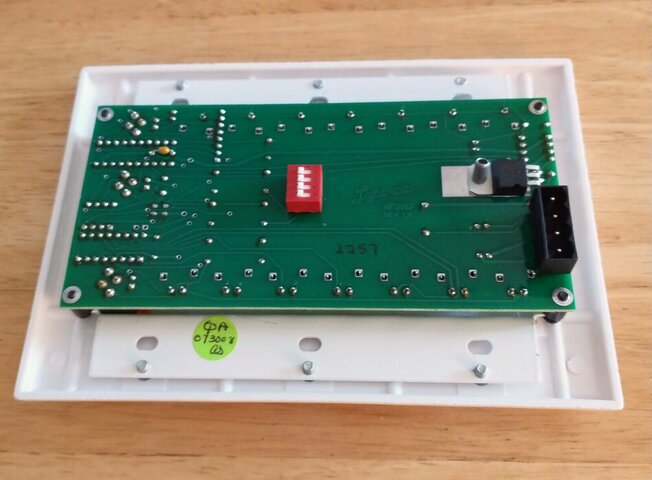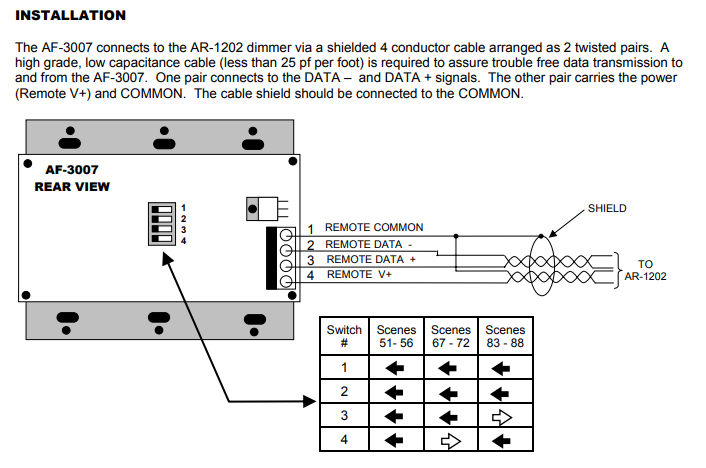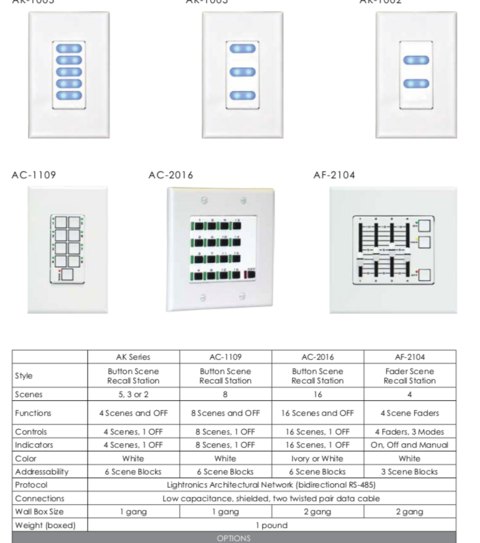Haha. I've had similar brain farts. I have two analog stations - one 6-channel by
EDI and an 8-channel from
Lehigh. I'm trying to find new and interesting ways to put them to use. A Northlight analog-DMX converter and DMX-PWM decoder should let them control
LED tape. It's kind of roundabout, but I'm curious to try it. Our
theatre lobby has a ceiling
cove of neon, which we would like to replace with
LED (leaving the neon intact but removing the
transformer(s). Simple slider stations for RGBA/W control would be preferable to keeping up with multiple battery powered remotes.
I wish I had more of the
EDI fader stations. They seem really well built. I check eBay regularly, but equipment other than
dimmer modules and full consoles rarely pops up.






